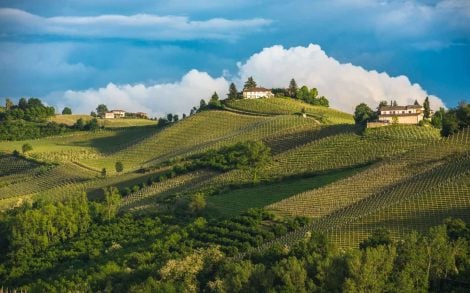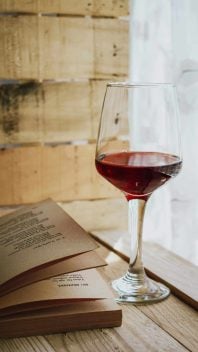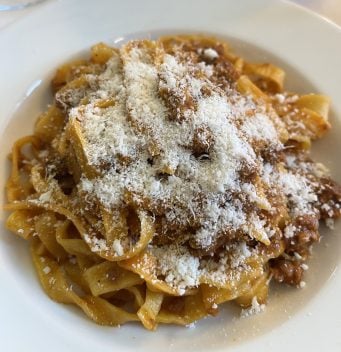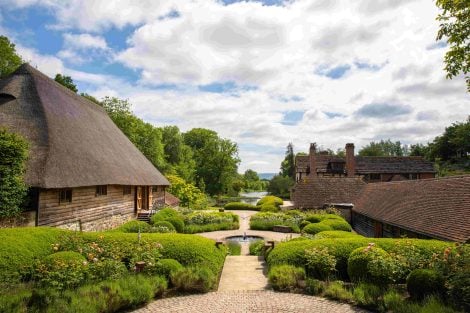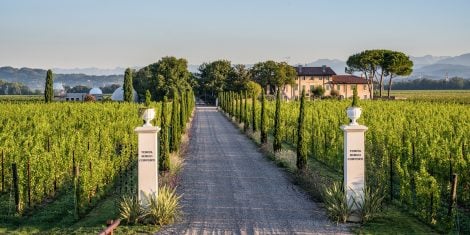Before Covid, the gap between North American wineries and Italian ones in terms of hospitality was vast.
The former have been offering all kinds of packages for over 20 years—from tasting trails to full-blown shows among the barrels: screenings, wellness treatments, suites nestled among the vines. The latter started later but are now rapidly rethinking their hospitality approach. Today, across the Peninsula, you can enjoy even very original, educational, and purely relaxing and flavourful experiences.
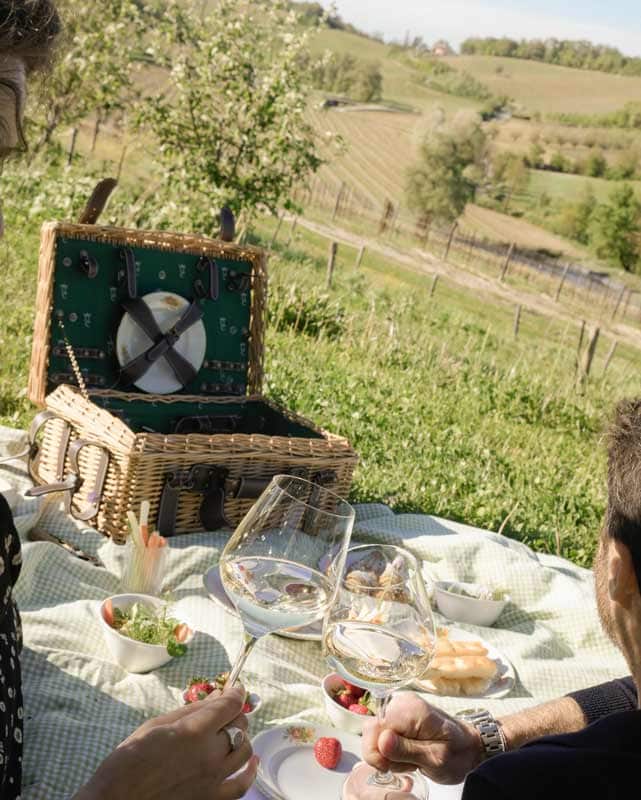
More and more tourists in the vineyard
Wine tourism is big business; we refer to the statistics provided by the 2025 “Report on Italian Food and Wine Tourism” presented by Roberta Garibaldi, lecturer at the University of Bergamo. Food and wine tourism in Italy contributes over 40 billion euros to GDP and includes 14.8 million Italian food and wine tourists—72% of all Italian tourists. The percentage of visitors to wine production sites has risen from 60% in 2021 to 77% today. 40% of Italian tourists report having visited at least one winery recently, compared to 32% in 2024 and 29% in 2021. Among Italy’s food and wine icons, wine leads with 38.1% of preferences: a visit to wineries with wine tasting is considered by 26% of Italian travellers as the most memorable food and wine experience of their trips. So, here are 10 wineries that make a lasting impression.
Ten wineries for Vineyard Holidays
The 10 wineries we’ve selected are very different from one another and spread across the country from North to South: they symbolise a renewed awareness that places wineries at the centre of a premium tourist offering. Not only accommodation facilities but also various forms of dining, tailored packages, and a series of events to sustain tourism beyond the three summer months—the real challenge lies here. Many wine regions are still semi-deserted for long stretches of the year, then suddenly overcrowded for just a few weeks.
Where is work needed? For a long time, hospitality—given the nature of the Italian wine production network—was managed at family level, without any real strategic planning. The data presented in the book Food in Italy by Professor Simonetta Pattuglia speaks for itself. In 2022, 44% of sites were still difficult to access without a reservation; a full 63% didn’t allow online bookings, even though over 50% of tourists would prefer to buy through e-commerce.
Nonetheless, tourists increasingly want vines and wineries.
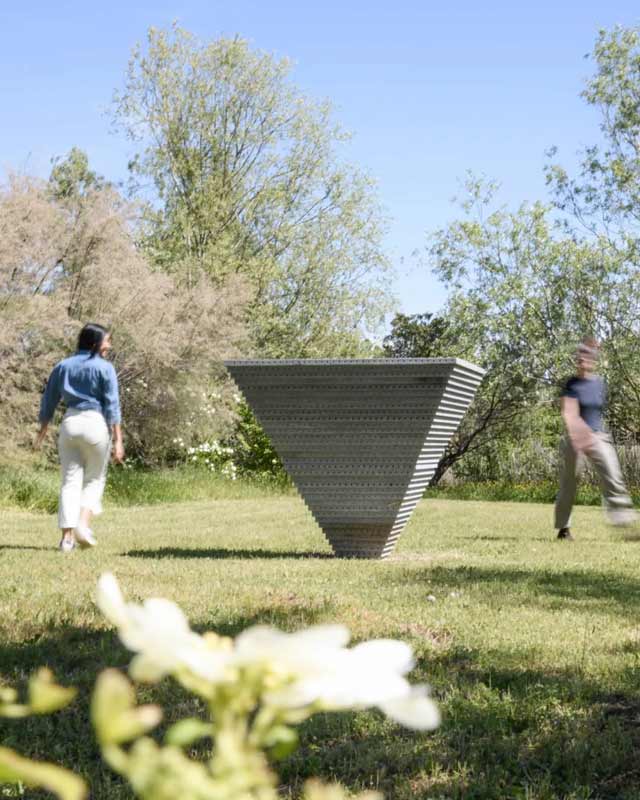
La Raia – Rossi Cairo
Gavi (AL)
Between Novi Ligure and Gavi lies a small paradise that transforms a still-underrated area into an exciting destination worth the journey. The Rossi Cairo family’s estate stretches across 180 hectares of vineyard and arable land surrounded by wild pastures and chestnut, acacia, and elder forests. They restored and enhanced the ecosystem inspired by the philosophy and practices of biodynamics. Various 19th-century farmhouses were renovated, and Locanda La Raia opened in a former coaching inn restored using raw earth bio-architecture, typical of Lower Piedmont. The restaurant’s menu is curated by chef Tommaso Arrigoni, who blends Piedmontese and Ligurian cuisine. In 2013, the Fondazione La Raia was established by Giorgio Rossi Cairo and gallerist Irene Crocco: artists, philosophers, landscape designers, photographers, and architects live in and interpret the estate’s spaces.
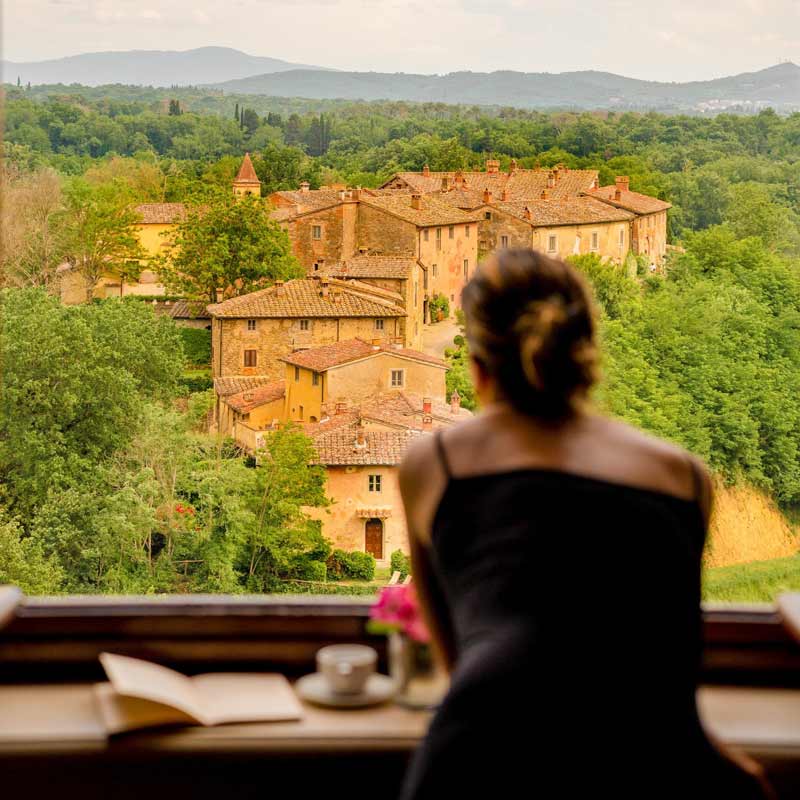
Il Borro
Loro Ciuffenna (AR)
Salvatore and Vittoria Ferragamo are the protagonists of this dream, begun in 1993 by their father Ferruccio, with roots in the late Middle Ages, when the first records of this castle in rugged Tuscany date back, later to be named after Alessandro dal Borro. After various twists of fate, the estate was passed to Duke Amedeo d’Aosta in the 1950s, then to the Ferragamo family, who continue to manage it following biodynamic practices and meticulous care for the natural environment surrounding this important settlement. Il Borro is a world unto itself, a microcosm in the territory of San Giustino, a small town in the municipality of Loro Ciuffenna, lying on the southern slope of Alpe di Santa Trinità at the foot of Pratomagno, along the Setteponti road connecting Reggello and Arezzo. Experiences here range from wine and cuisine to trekking, crafts, and art workshops.
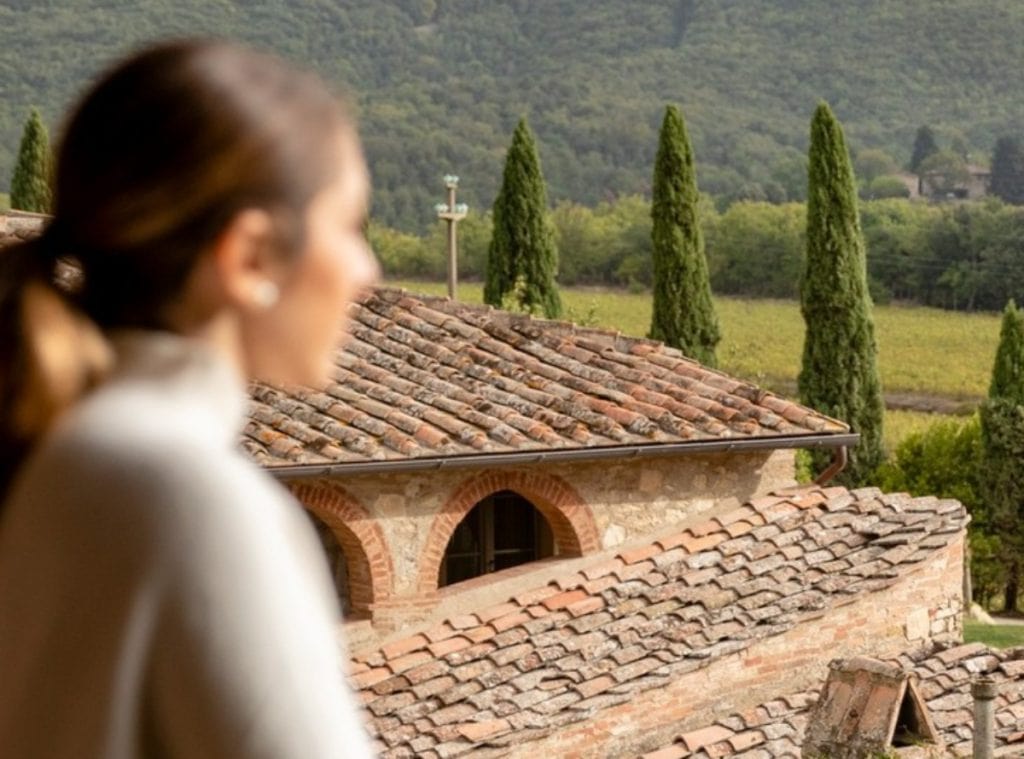
Borgo San Felice
Castelnuovo Berardenga (SI)
We’re in a high-end albergo diffuso with 29 rooms and 30 suites in a fully restored village in the heart of Chianti Classico. A Relais & Chateaux property, it’s utterly charming, maintaining its ancient allure amid loggias and courtyards overlooking the vineyards and the Sienese hills. The estate manages 150 hectares at 400 metres above sea level in the San Felice territory, plus 14 hectares at Tenuta Campogiovanni in Montalcino, and another 15 hectares in Bolgheri’s Maremma with Tenuta Bell’Aja. Tasting these wines means discovering the many facets of a region where wine is history, culture, and identity. The culinary experience peaks at Poggio Rosso restaurant, where chef Juan Quintero shares “his” Tuscany, told with passion, love, and the lightness of his Latin American soul. A signature dish: wild boar risotto scented with Tuscan cypress fruit.
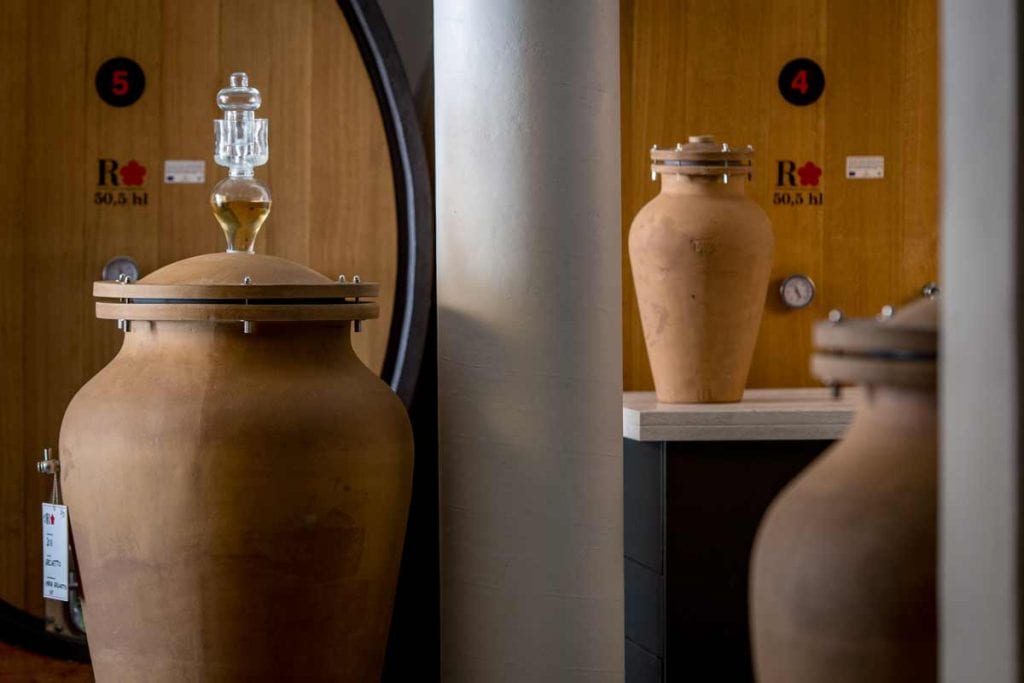
Roccafiore
Todi (PG)
Treat yourself to a moment of pure wellbeing in a countryside hotel with an outstanding spa, enjoy the luxury of finely detailed hospitality and gourmet dining in a refined location surrounded by vineyards, olive trees, and rolling hills in the heart of Umbria. This is Roccafiore Wine Resort & Spa’s idea of beauty. For Leonardo Baccarelli, the soul of this agricultural world, terra (earth) is not just soil—it is inspiration for a form of development where beauty is a constant, a tangible sign of respect for the community. Making wine the driving force of a noble countryside means empowering aesthetics through logic, convinced that the quality of the fruit can only be born from harmony in place. “In nature we trust,” proclaims Roccafiore’s homepage. And Baccarelli reinforces the philosophy: “Today, to produce excellent wines, beyond the essential quality of raw materials, you need vision, innovation, and courage.” Here, you’ll find all three ingredients.
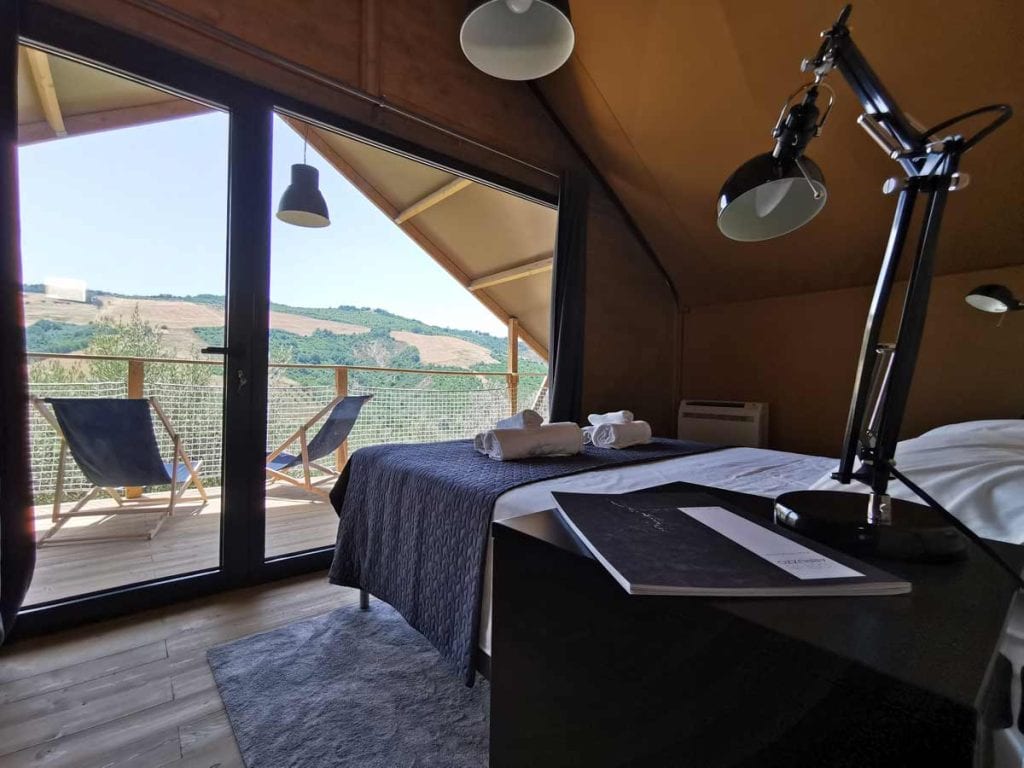
Cirelli Wines Glamping
Atri (TE)
Between the Gran Sasso and the sea, among crops, woods, and calanchi—spectacular geological formations—here you experience the deep silences and slow rhythms of an Abruzzo suspended in time and space. Francesco Cirelli and Michela Palazzo Adriano brought part of their dreams to life with a recently created glamping site where you can breathe in the best of authentic Abruzzo. The glamping consists of two elegantly furnished tent lodges, reached by walking through vineyards and olive groves amid the WWF reserve’s calanchi; two more guest rooms are located in the main estate building. The family also offers dinners for guests and winemaking experiences with visits to the underground amphorae room: simple yet intense emotions, sensations, and tastings—perfect for reconnecting with yourself in nature’s flow.
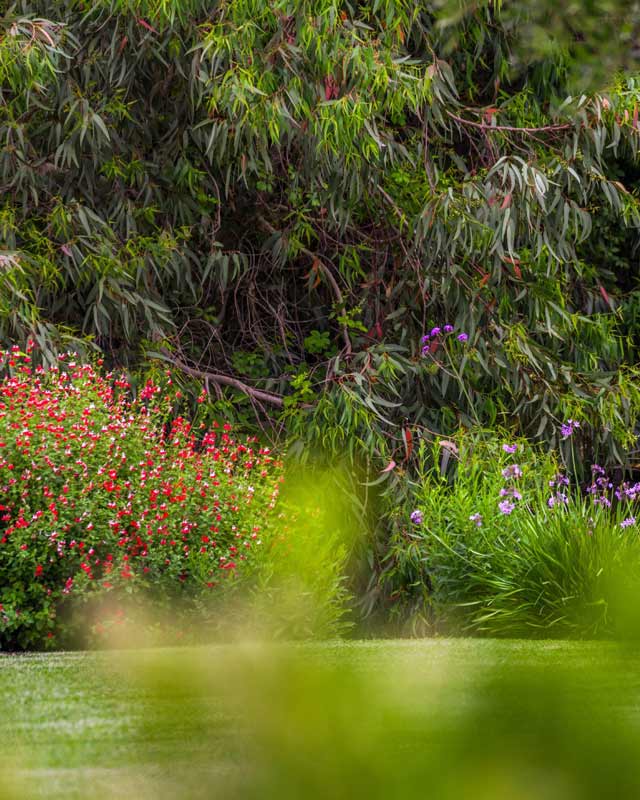
I Cacciagalli
Teano (CE)
The grey tuff walls of Teano and the original chestnut beams are the first welcome into this fascinating 18th-century masseria in the heart of Campania Felix, run biodynamically by Diana Iannaccone and Mario Basco, who revived the crops and ruins. Its eight rooms, spread over three floors that once housed granaries and storage, offer stunning views of the vineyards and a garden refreshed by a bio-lake. It represents the life path Diana and Mario bravely embarked upon together, driven by the dream of reviving the estate that has belonged to the Iannaccone family for generations: safeguarding, respecting, and enhancing the rich biodiversity surrounding the masseria. Don’t miss Humus restaurant, where the “harvest and eat” spirit blends modernity and tradition in a land rich in prized ingredients and abundant flavours. (photo by Dario Fusaro)
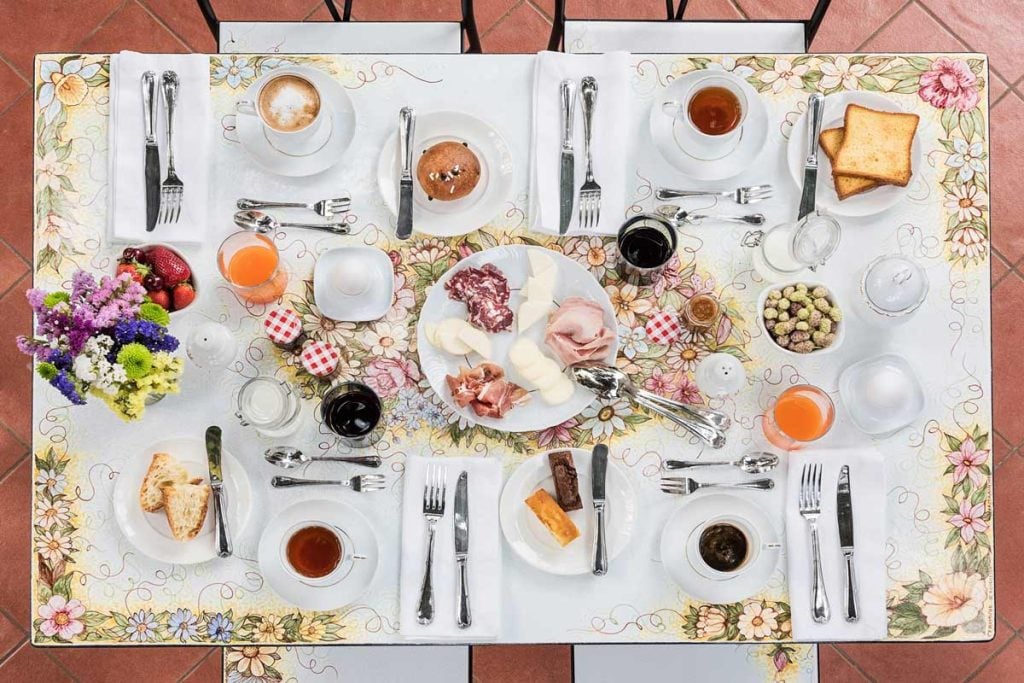
Dattilo – Ceraudo
Strongoli (KR)
We’re in the countryside, surrounded by 60 hectares of olive groves and vineyards… yet the sea is present. You smell it in the morning breeze, feel it in the summer heat, sense its echo in the surf. In this 17th-century agricultural estate in the heart of Calabria, the Ceraudo family grows the raw materials that Caterina uses in her Dattilo restaurant and runs one of the region’s most acclaimed wine companies, producing organically since 1990: 25 hectares of vineyards, 37 of olive groves, and 3 of citrus and vegetable gardens. The place is rich in history, located in the heart of ancient Enotria (from the Greek oinotron, meaning vine stake), where—according to Greek historians—Italy’s wine adventure began. The rooms, all independent, reflect the simplicity and richness of the Calabrian countryside: local ceramics, resin, marble—all in hues of grey, white, and dark red, like the surrounding soil.
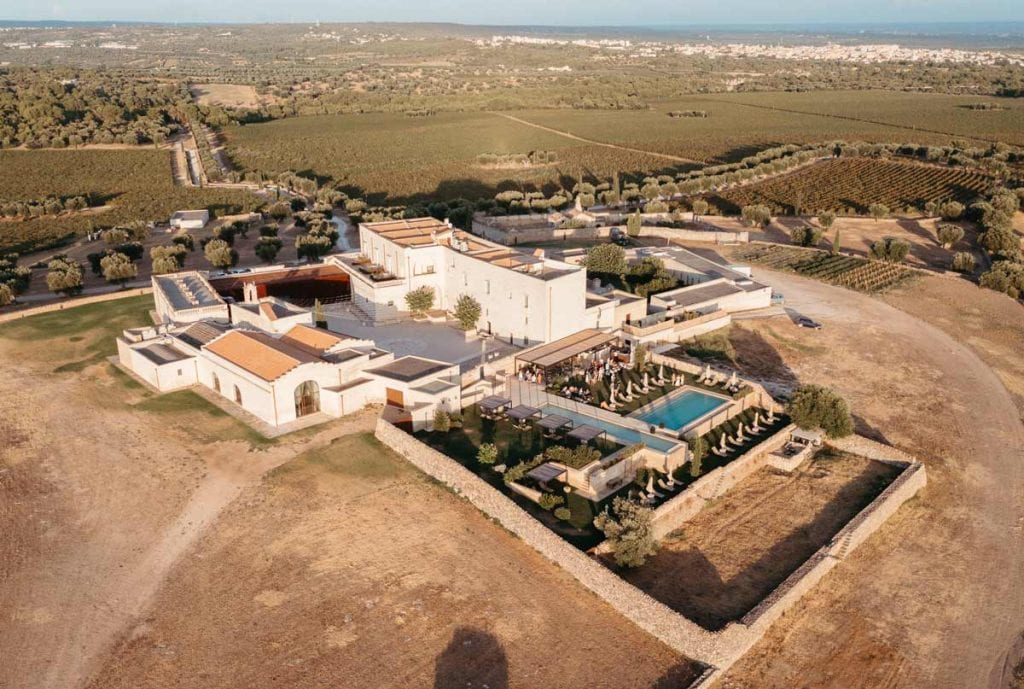
Masseria Amastuola
Crispiano (TA)
Its vineyard garden (entirely organic), designed by Fernando Caruncho, is its modern calling card: inspired by two ideals—functionality and aesthetics. The vine trellises form harmonious, parallel waves stretching for about 3 km: “waves of time that have crossed this place since ancient times,” the great landscape architect describes them. Surrounded by 1,500 olive trees, some nearly a thousand years old with trunks up to 2.5 metres wide. The history of Masseria Amastuola has ancient roots: the first records date to the 1400s. In 2003, it was revitalised under the Kikau Group of the Montanaro family from Massafra. Surrounded by woods, fields, olive groves, and vineyards, located 210 metres above sea level in the area of the 100 masserie of Crispiano, Amastuola is a closed courtyard masseria with a large internal courtyard offering a beautiful view of the gulf. A stunning setting.
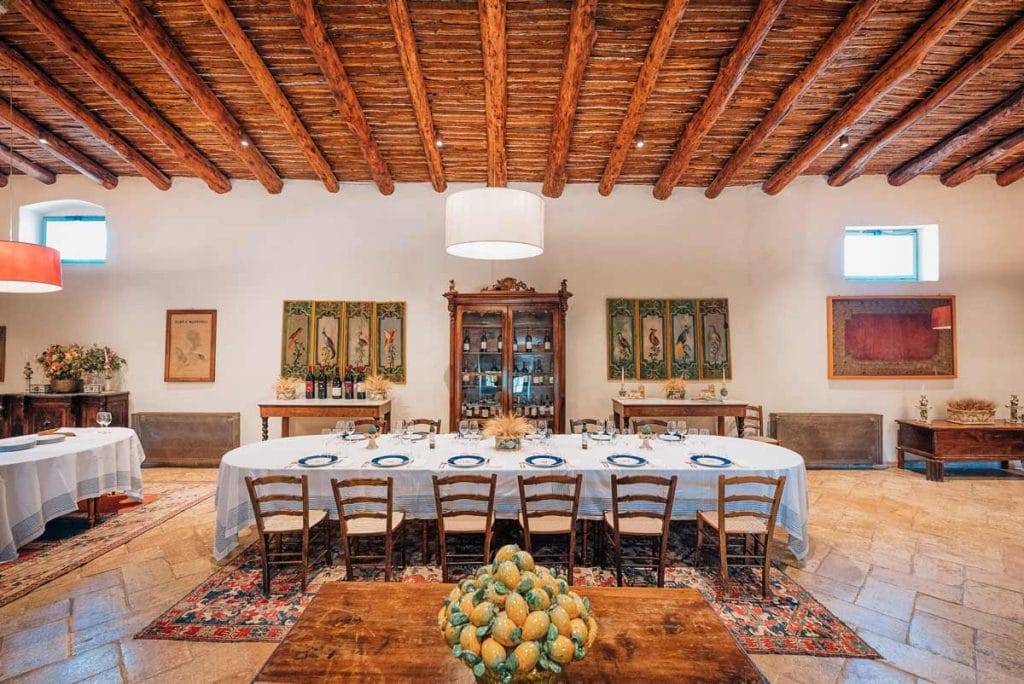
La Foresteria – Planeta
Menfi (AG)
Planeta’s wine resort is nestled among the vineyards and olive groves of Menfi, a stone’s throw from Agrigento’s Valley of the Temples: an oasis of peace in the thunderous silence of the Sicilian countryside. La Foresteria has 14 rooms with private terraces and sea views, each named after the botanicals found in the resort’s gardens. Terraces and inner gardens, part of the old renovated farmhouse, alternate and lead to an enchanting panoramic infinity pool. Wine takes centre stage: choose between wine experiences in the evocative tasting room or visit Ulmo, where the family’s first winery was born between Lake Arancio and the 16th-century baglio. A couple of years ago, the stunning Beach Club Insula was launched—a seaside lounge at Menfi’s Lido Fiori: a wild beach with reddish hues, where spontaneous vines grow among the dunes—a place of extreme beauty, to enjoy from morning till night. (photo by Mario Mele)
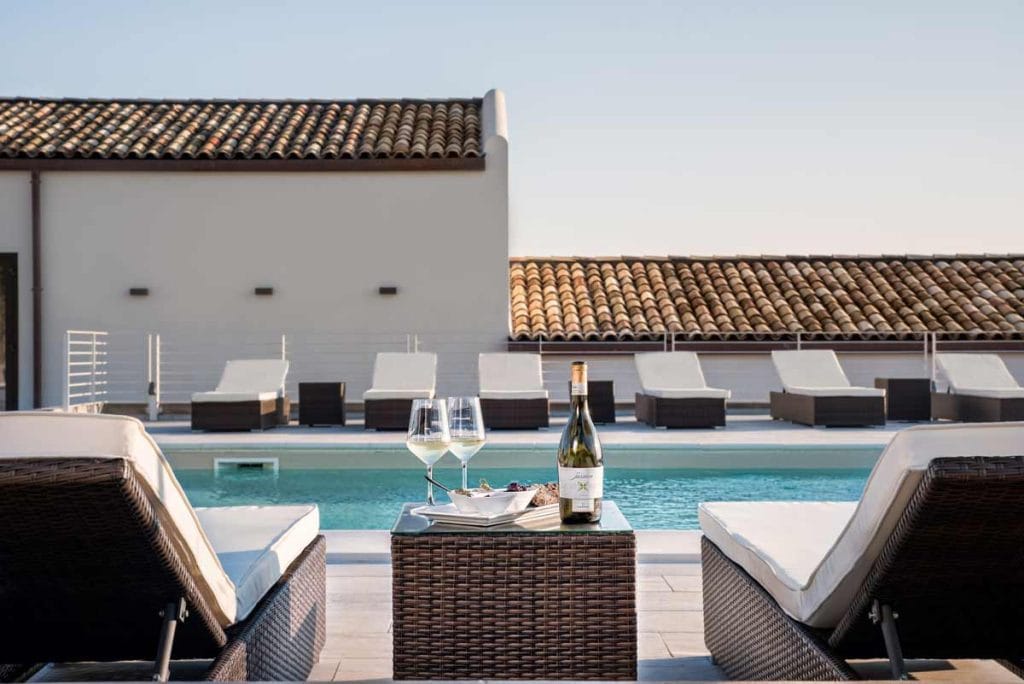
Baglio Sorìa – Firriato
Trapani
Salvatore Di Gaetano and his wife Vinzia Novara have propelled this beautiful family enterprise to international heights thanks to the high quality of their wines and their commitment to wine tourism, which led them to create an atmospheric venue with Baglio Sorìa as the heart of hospitality between Mount Etna and the sea. The vision is now carried forward by their daughter Irene, who brings with her substantial management experience and wine knowledge: she continues the business mission focused on sustainability and carbon neutrality. On the hill overlooking vineyards and olive groves, Baglio Sorìa offers 360-degree views: Trapani and its countryside, Sicily’s western coast from the Stagnone to Marsala, and up to Mount Erice with its medieval village. At the centre of this breathtaking panorama are the Egadi Islands, with Favignana and Levanzo in the foreground and Marettimo on the horizon.

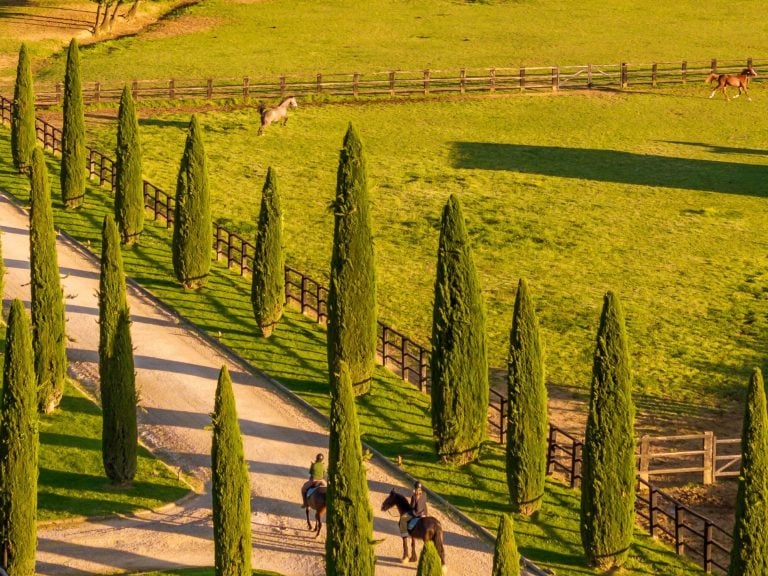
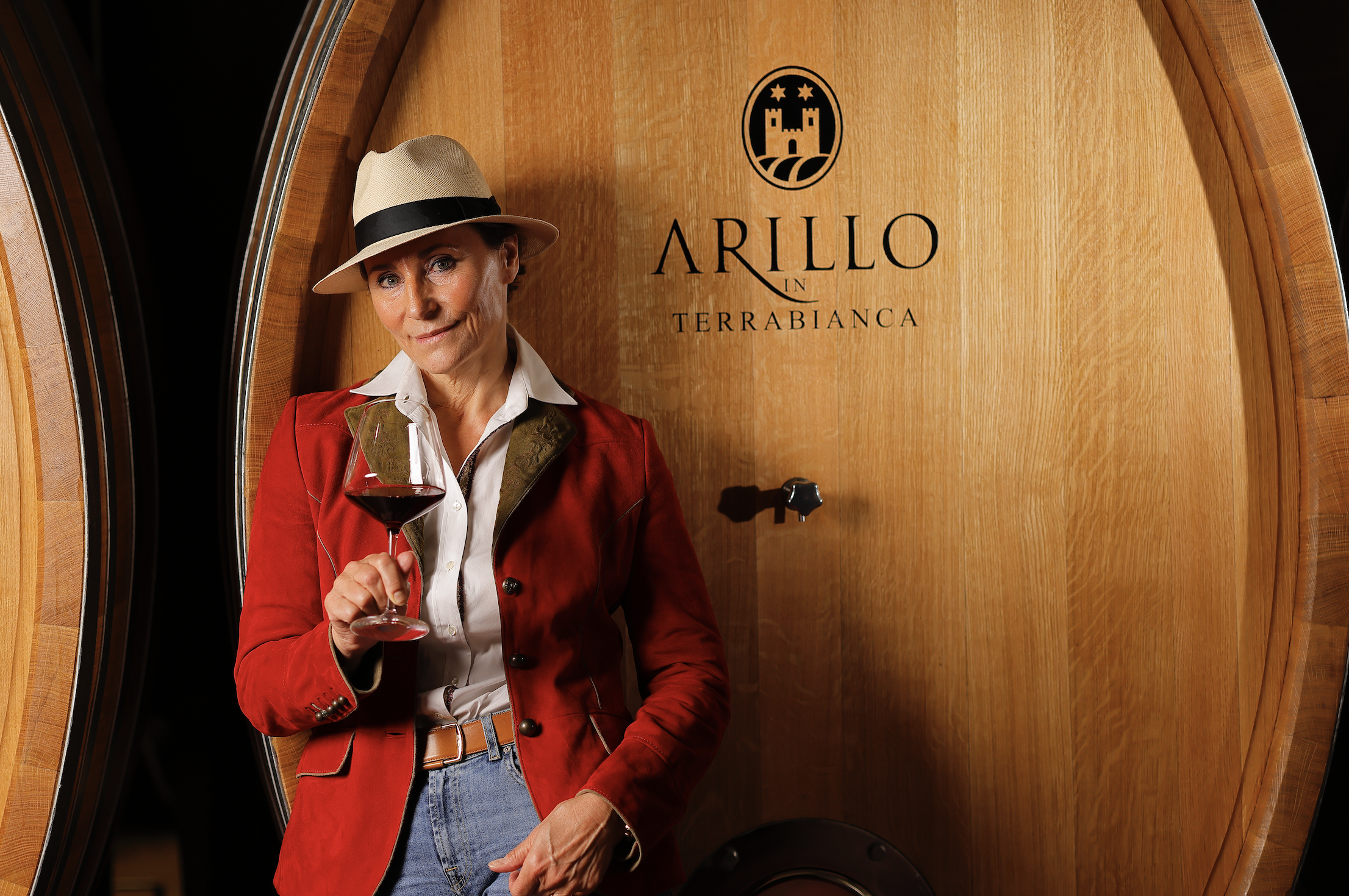 Why Arillo in Terrabianca's organic approach is paying off
Why Arillo in Terrabianca's organic approach is paying off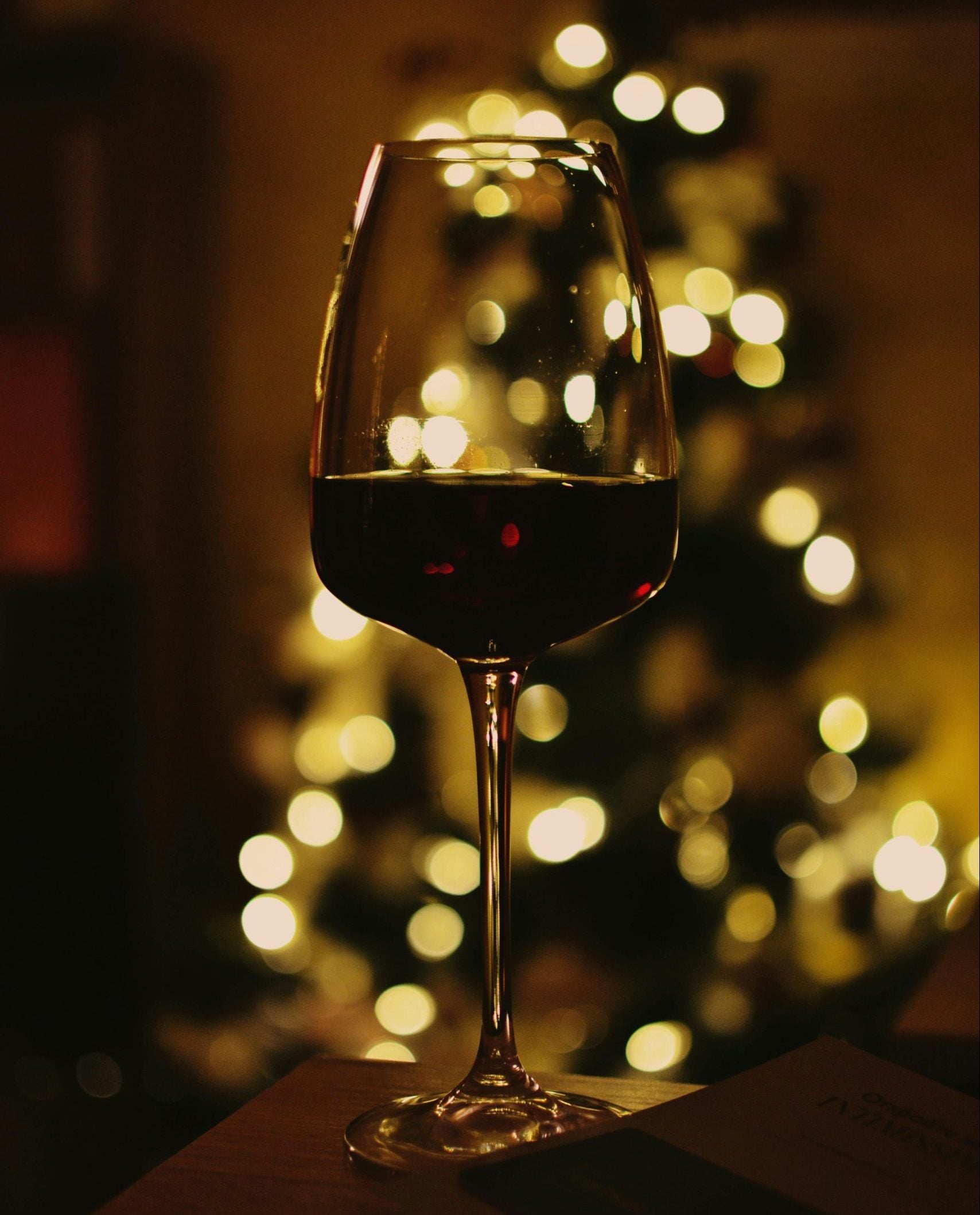 What do sommeliers drink at Christmas?
What do sommeliers drink at Christmas?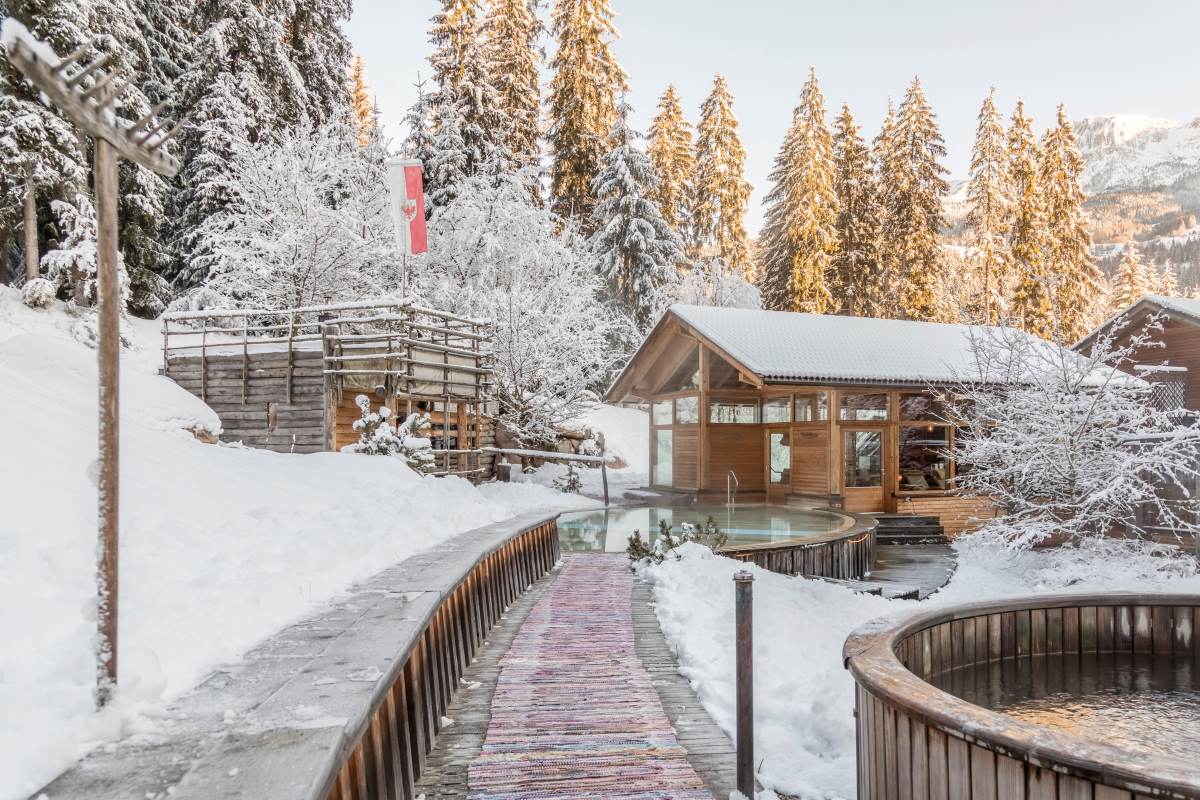 The alpine hotel where you can enjoy outstanding mountain cuisine
The alpine hotel where you can enjoy outstanding mountain cuisine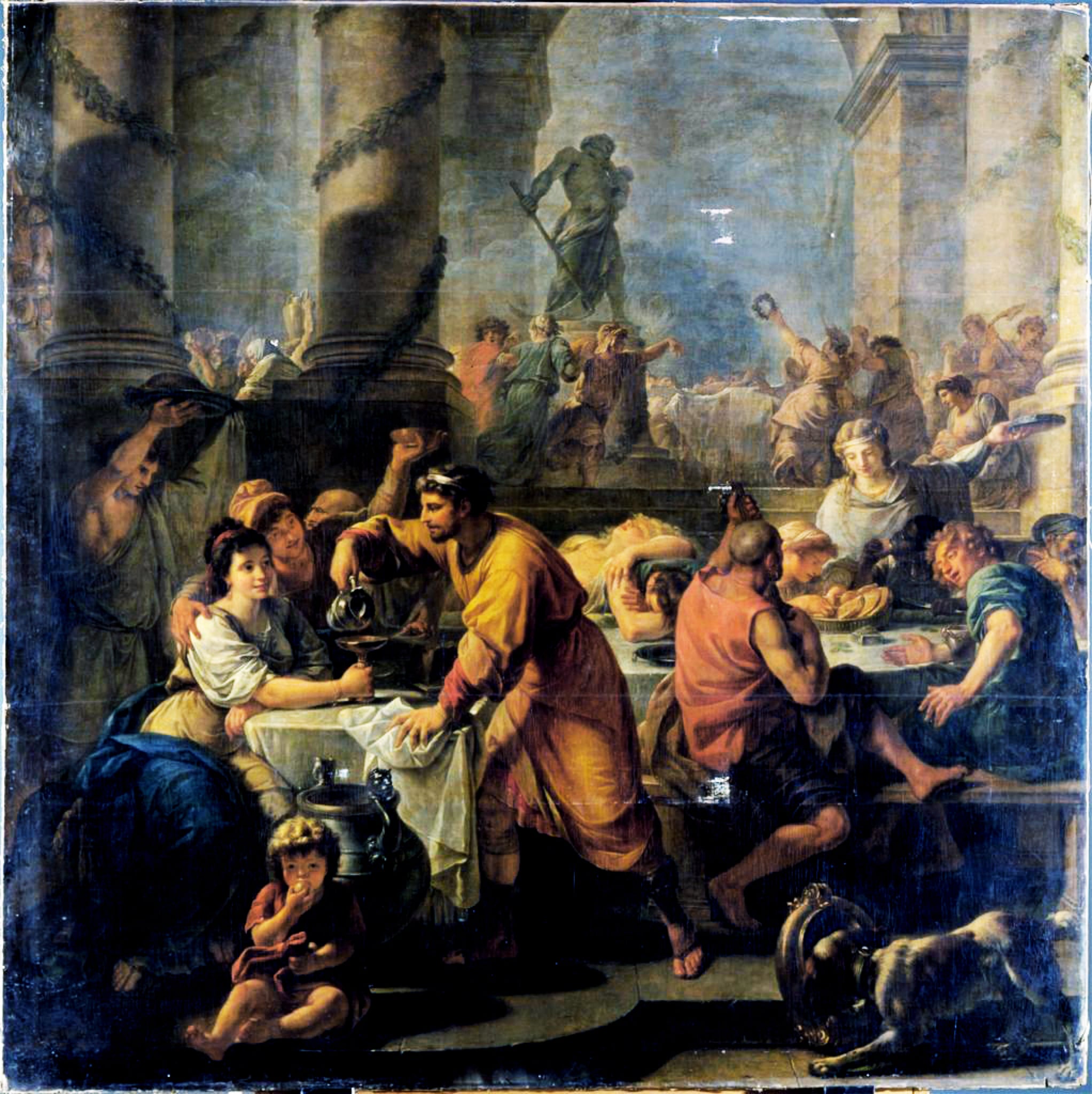 Io Saturnalia! How to celebrate the festive season like an Ancient Roman
Io Saturnalia! How to celebrate the festive season like an Ancient Roman